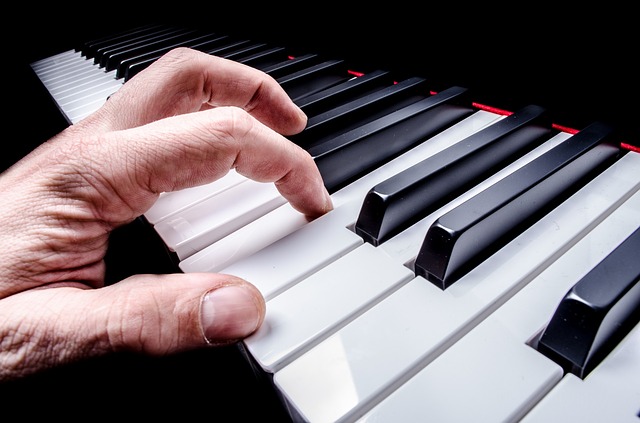“Which finger do I use? Does my wrist go up or down? What do I do with my elbow?”
Pianists often struggle to play fast enough, softly enough, expressively enough. Often, our bodies just don’t seem to respond to our musical intentions, leading to intense frustration. As a result, many of us head down the road of trying to understand exactly how our bodies should move, in the hopes that by understanding the proper movements, our problems at the keyboard will disappear.
Perhaps your teacher has told you that you are over-thinking this problem. I am certainly not going to say this to you, as I have been there myself many times. Intelligent people look deeply into these things, and there may even be many benefits to having a good intellectual understanding of how to play.
But, I will say that trying to understand this intellectually is not the way to go as far as learning to play it physically. I wish it were, but I have not found it to be the case. It must be learned experientially.
I am also not saying to just “let go” and play naturally and hope for the best. That won’t work either. You need targeted exercises that encourage you to experience what needs to be experienced in order for your brain to learn.
Let me offer a radical idea. You can take it or leave it. It’s just my perspective.
So…
Piano playing is actually not that complex, is it?
To paraphrase J.S. Bach, you need to make the right key go down at the right time.
That’s all there is to it.
Is that an oversimplification? Of course it is, but please bear with me. I am saying that this is the end result of “technique.” How you get there is another story. But it is the end result, right?
Would you agree that everything you know about piano technique is basically a bunch of strategies for “pressing the right key at the right time”?
What about dynamics? What about phrasing? What about pedalling? What about [insert your favorite aspect of piano playing here]? I don’t mean to ignore any of them, and in future posts I will address each of them. But at the end of the day, what we do as pianists is press the keys down (you can think of the pedals as keys if you’d like). Moment by moment, we perform actions, and the piano turns those actions into music.
- You move your wrist so that your hand is in the right place, so that your fingers are in the right place.
- You rotate your forearm so that your fingers are in the right place at the right time.
- You curve your fingers so that the fingertips move slightly into a different position, so that they can press the key at the right time.
- and so on
All those things that you do…
Do they work? Are they getting the right keys to go down at the right time?
100%?
If so, keep doing them!
If not, would you be willing to (at least a little bit) reevaluate anything (something?) you know about piano technique, if you knew it was going to help you press the right key at the right time?
Would you be willing to, hypothetically, start from scratch with just that one goal in mind?
Learn how to press the right key at the right time.
Exercise:
- Make a list of what you have struggled with while playing the piano. Try to be as complete as possible. You could include problems you have solved, problems you haven’t solved, problems you should never have had in the first place, small annoyances, and major headaches. (examples: fingers don’t move fast enough, I keep hitting wrong notes, can’t stretch hand far enough)
- Next, make a list of what you have tried to solve these problems. Some of these solutions may have worked and some may not have worked. Some may have worked in certain situations and not in others. And perhaps some should have worked, but maybe you didn’t do them correctly. In any case, add them to the list. (examples: don’t move so much, rotate the forearm, listen more carefully, relax, practice slowly, use the interossei muscles)
- For each of the solutions that didn’t work, how did you know it didn’t work?
(This is where I am coming from in my technical approach. No, of course this isn’t a complete answer to how to play the piano. But before finding a new solution, we need to be clear on our desired result, and clear on how our existing solutions are working for us. Does this article raise any questions? Comment!)
